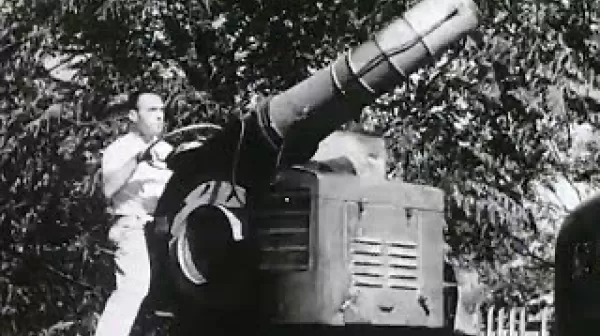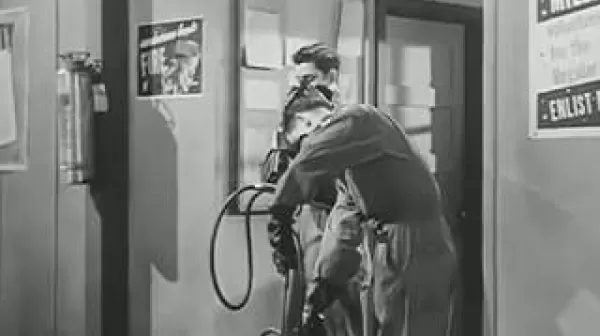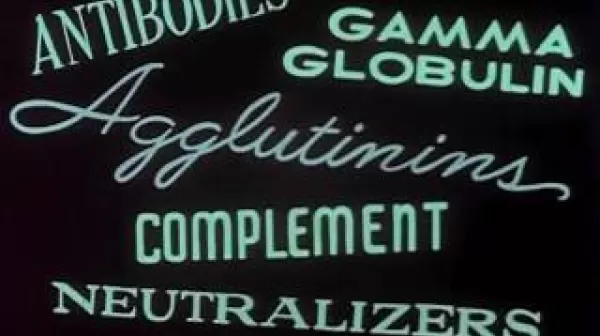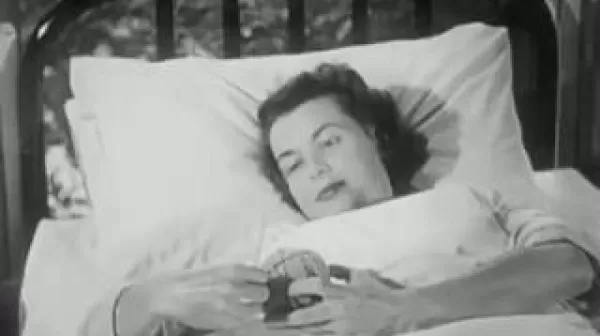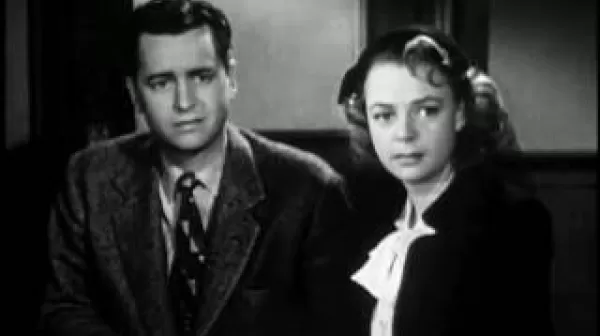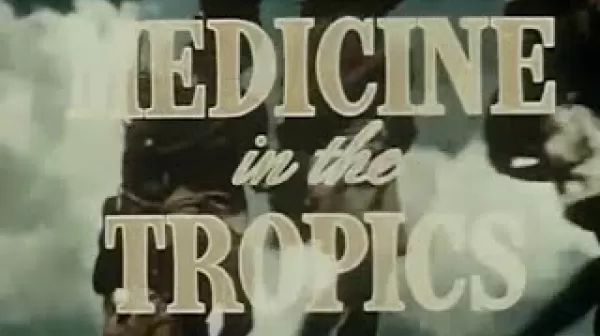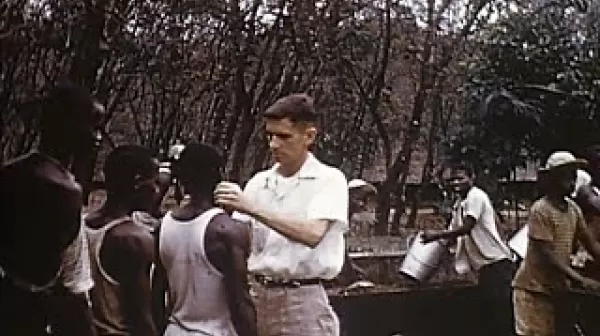They Do Come Back (National Tuberculosis Association, 1940)
Young man of "Everytown" has an oral hemorrhage which subsequent examination and tests show was caused by tuberculosis. He goes to sanitarium for treatment and extensive bed rest. Epidemiological investigation reveals source of infection was lip contact with his fiancée. The importance of occupational therapy and aptitude tests is demonstrated during the patient's recovery and rehabilitation. Scenes include: sputum and blood samples, enlarged tubercle bacilli, tuberculin test, X-ray, pneumothorax surgery, and patient drafting in occupational therapy.


